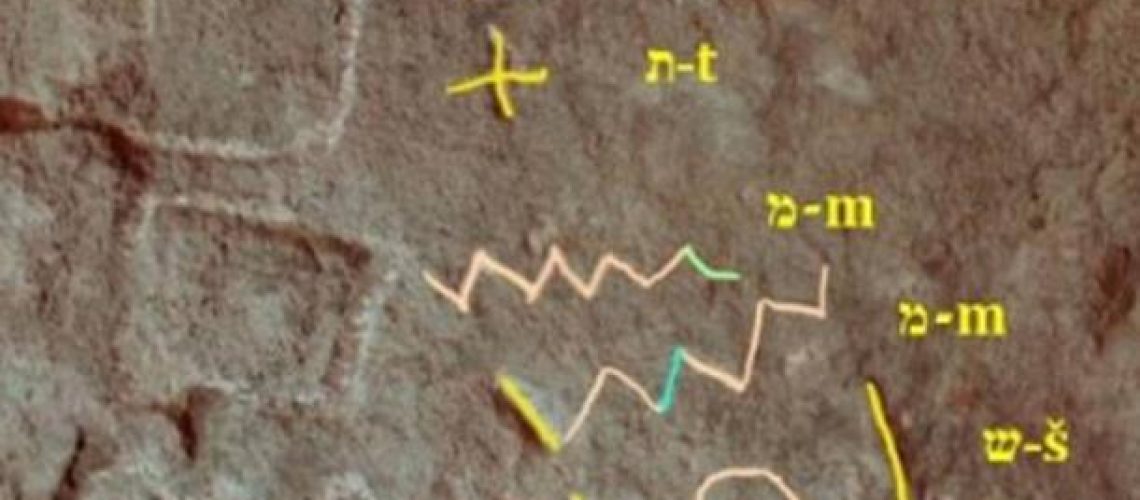
A controversial new interpretation of ancient Proto-Sinaitic inscriptions carved into Egyptian mine walls could provide the first archaeological evidence for the biblical figure of Moses. Researcher Michael Bar-Ron claims that a 3,800-year-old inscription found at Serabit el-Khadim in Egypt’s Sinai Peninsula may read “zot m’Moshe” – Hebrew for “This is from Moses.” The discovery has ignited fierce debate among scholars, with some dismissing the interpretation as speculative while others suggest it could revolutionize our understanding of biblical history and the origins of alphabetic writing.
According to a Daily Mail report, the inscription, etched near the so-called Sinai 357 in Mine L, is part of a collection of over two dozen Proto-Sinaitic texts first discovered in the early 1900s by Sir William Flinders Petrie. These markings represent some of the earliest known alphabetic scripts, likely created by Semitic-speaking workers during Egypt’s late 12th Dynasty around 1800 BC. Bar-Ron spent eight years analyzing high-resolution images and 3D scans from Harvard’s Semitic Museum, employing rigorous methodology to avoid ‘sensationalist interpretations’.
- The A to Z of Alphabet Origins and the Most Ancient Written Languages
- The Origins and Development of Alphabets in Ancient Civilizations



